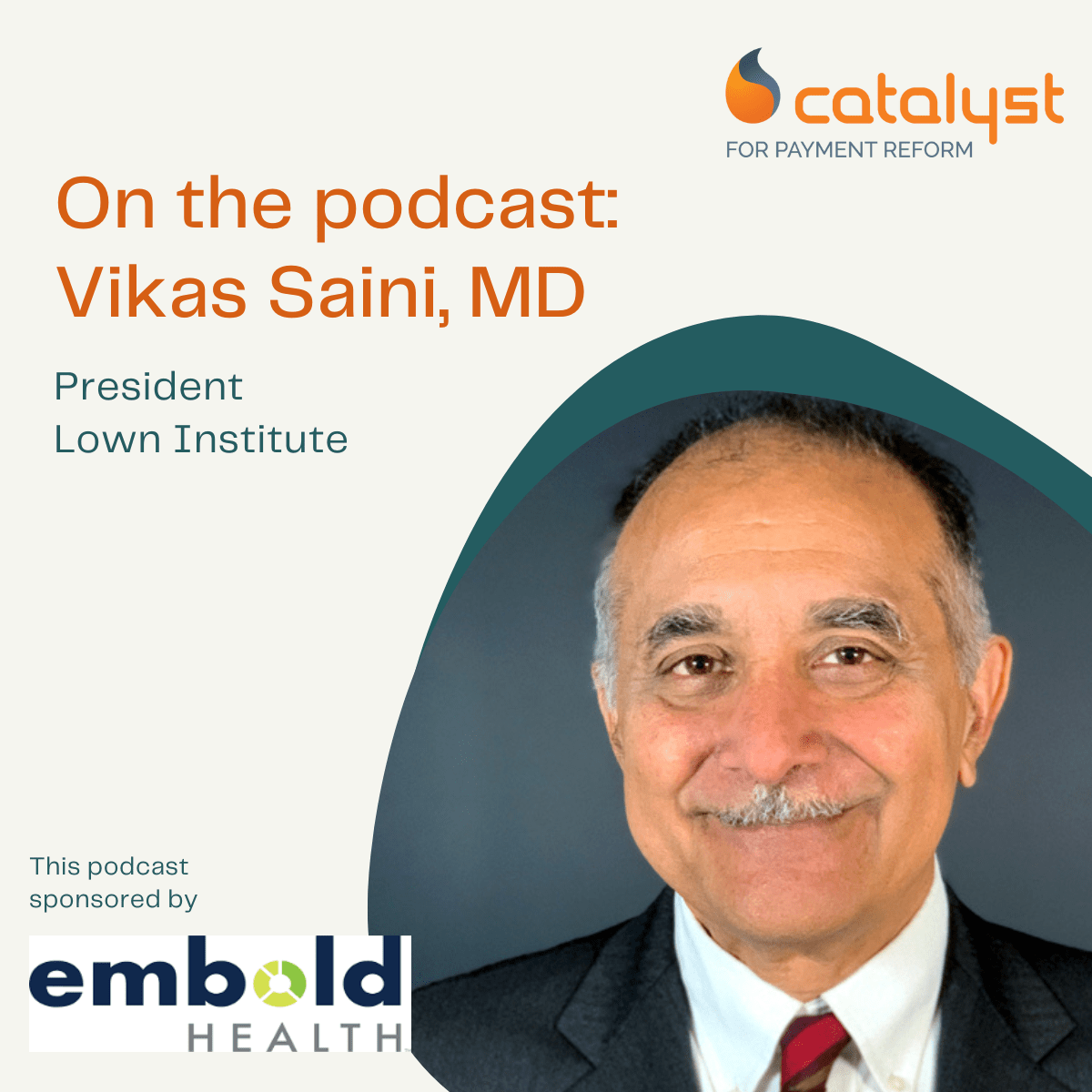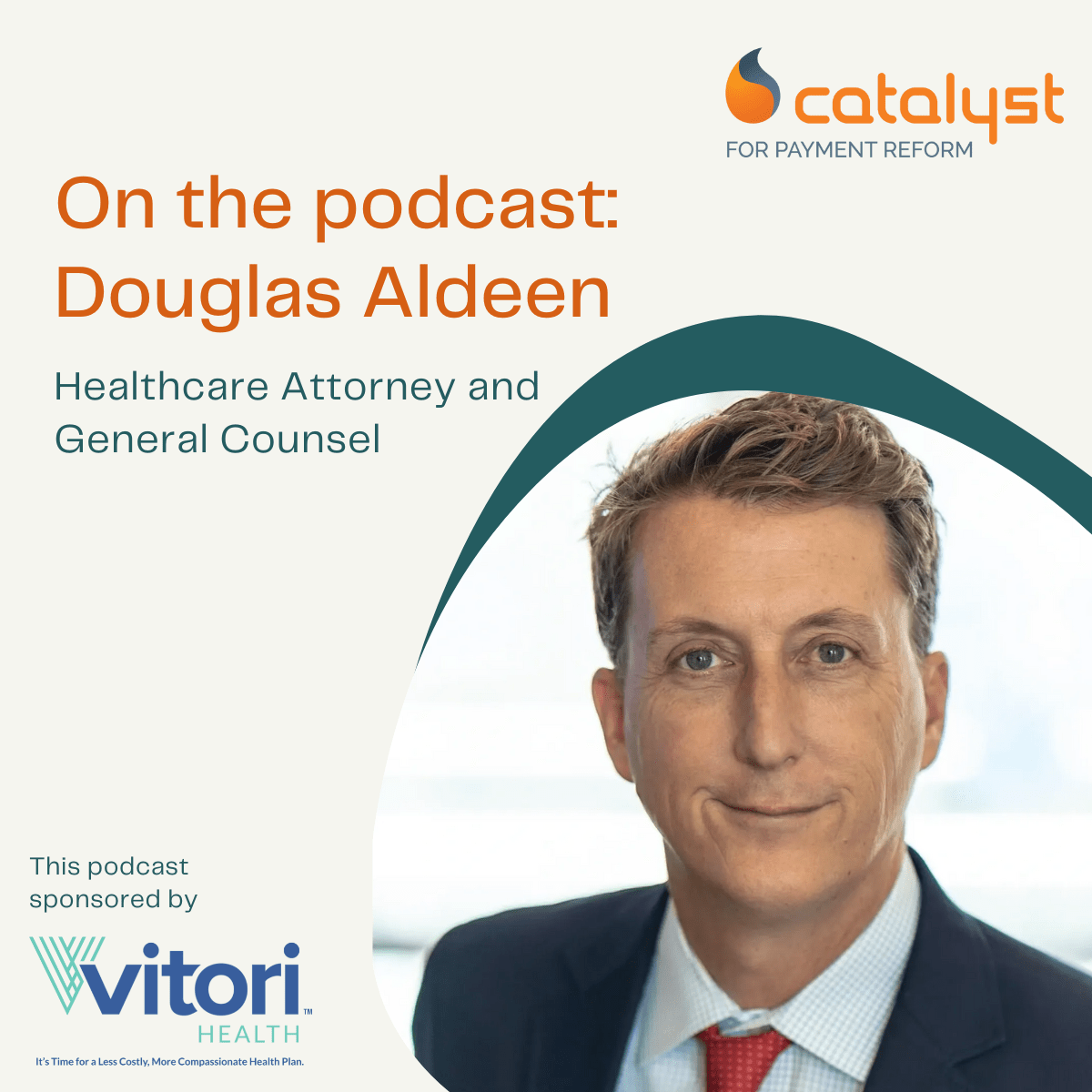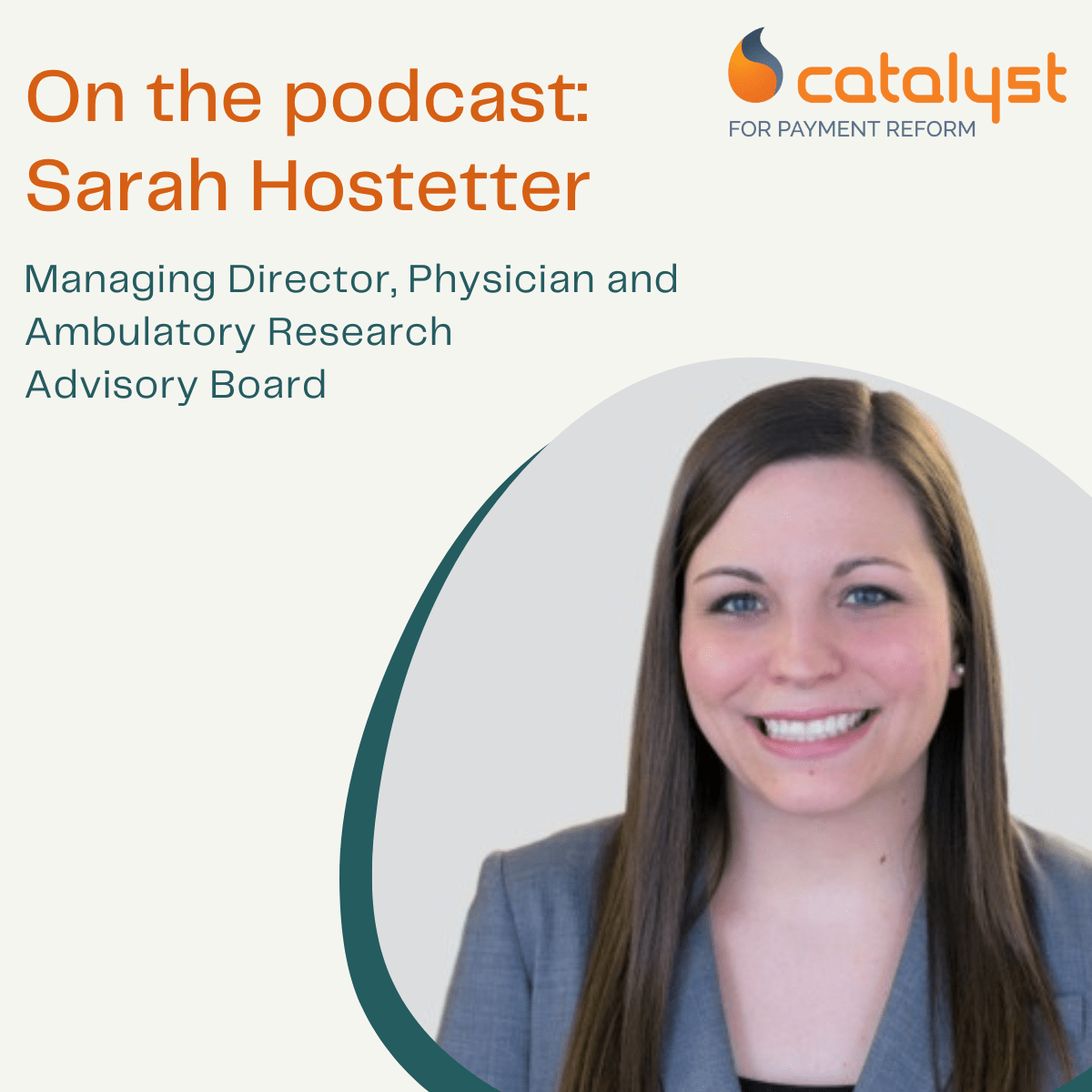younger daughter Dylan was three, she emphatically declared that she hated swimming lessons. Unfortunately for her, she has a mother (me) who believes with equal conviction that learning to swim is a safety issue and therefore non-negotiable. Thus, Dylan and I were at an impasse, except that one of us (me) believed that she could convince the other (Dylan) to relent through a combination of authority and influence (and also bribery). One afternoon at our local pool, I found myself pleading, cajoling, promising sweets and screen time (and threatening their removal), if Dylan would just allow me to help her into her bathing suit. “You don’t even have to go in the water!” I lied. Dylan didn’t buy it and was expressing her mistrust in a 9-alarm screaming toddler melt-down. It was at that moment that another woman – likely old enough to have grown children of her own – paused and offered the following counsel: whatever you’re trying to do, she said, it isn’t working.






